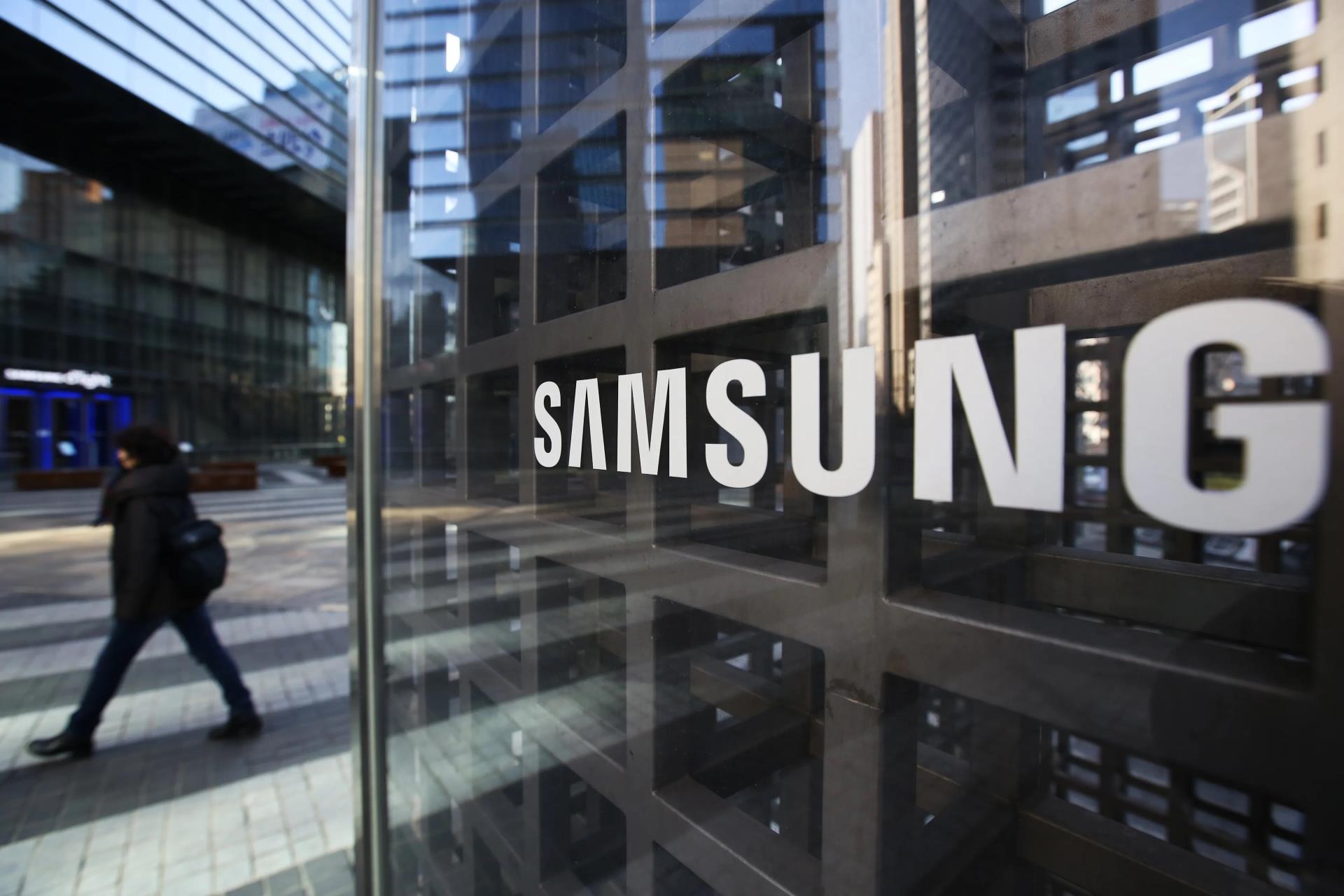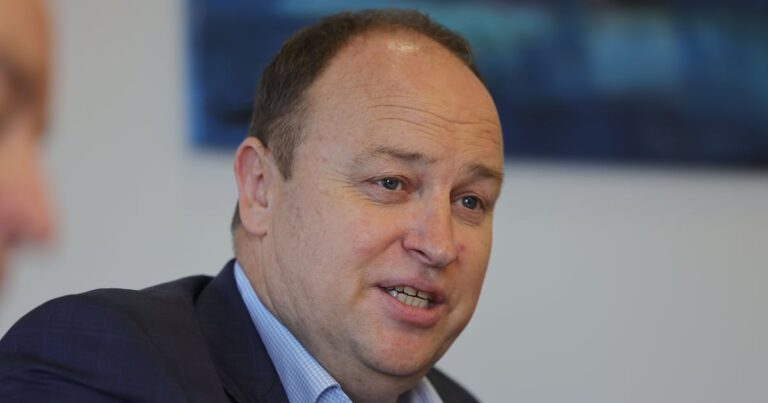To return to posting healthier financial numbers every quarter and to better compete with TSMC, Samsung was reported to have trimmed the headcount from its semiconductor division, which was previously 438. Unfortunately, analysts continue to remain skeptical of the Korean giant’s success for 2025, stating that it will be a tough year for the company because it has not outlined a clear strategy. With its foundry business in shambles when it comes to pulling in new customers for its 3nm GAA process and a multitude of other problems, Samsung’s operating profit is expected to drop by a mammoth $30 billion.
Previous operating profit estimate for Samsung in 2025 was approximately $47.7 billion, a near-40 percent delta
With the updated figures, The Chosun Daily reports that Samsung’s operating profit for 2025 stands at 40.48 trillion Korean won, or around $30 billion, down from the previous projection of $63.59 trillion Korean won (around $47.7 billion) that was made in August 2024. As demand for AI-related parts continues to spike, Samsung is behind the competition, with the report mentioning that the Korean titan must deliver ‘tangible results’ for high-bandwidth memory (HBM), with its market share slowly being chipped away by local competitor SK hynix.
Additionally, the company faces extreme pressure from Chinese manufacturers, who continue to flood the DRAM market with more affordable alternatives. If things were not bad enough when it comes to keeping pace with the competition to sate the AI demand, Samsung is also having trouble with increasing its yields for the 3nm GAA technology, losing Qualcomm yet again as the latter will reportedly place orders with TSMC to exclusively mass produce the Snapdragon 8 Elite Gen 2 on its 3nm ‘N3P’ process. There are other external issues that Samsung could face that might force it to raise prices.
With Donald Trump elected the U.S. President for a second time, his tariff policies could drive up the prices of Samsung’s memory chips, resulting in weakened demand for smartphones and other hardware that require the manufacturer’s silicon. The annual shipment target for its handsets in 2025 is said to be set at 229.4 million units, making it 8 million less than the 239 million estimate. Overall, a bleak picture has been painted and unless Samsung has concrete intentions about what it intends to do in these 12 months, the operating profit could dwindle.
News Source: The Chosun Daily










